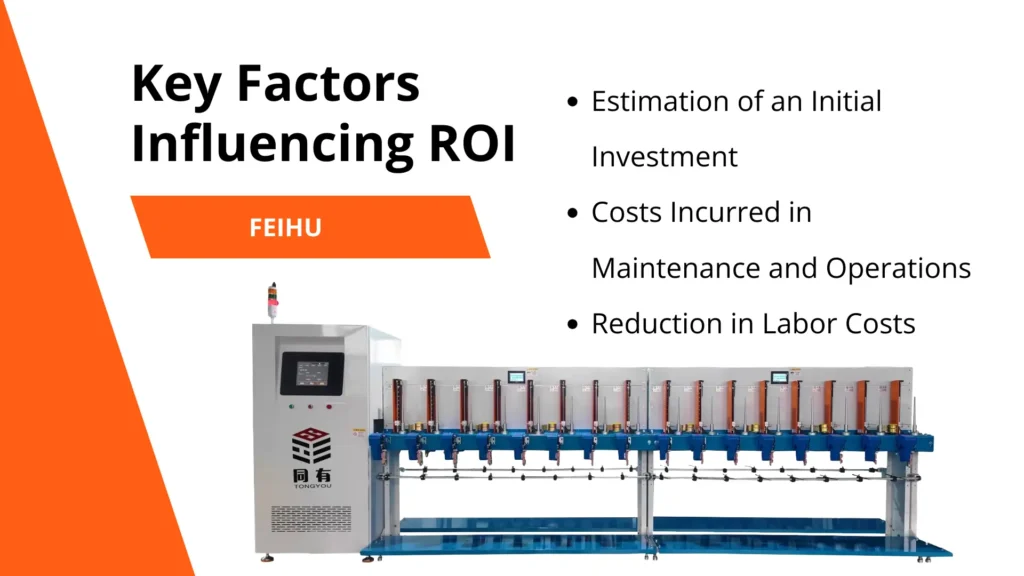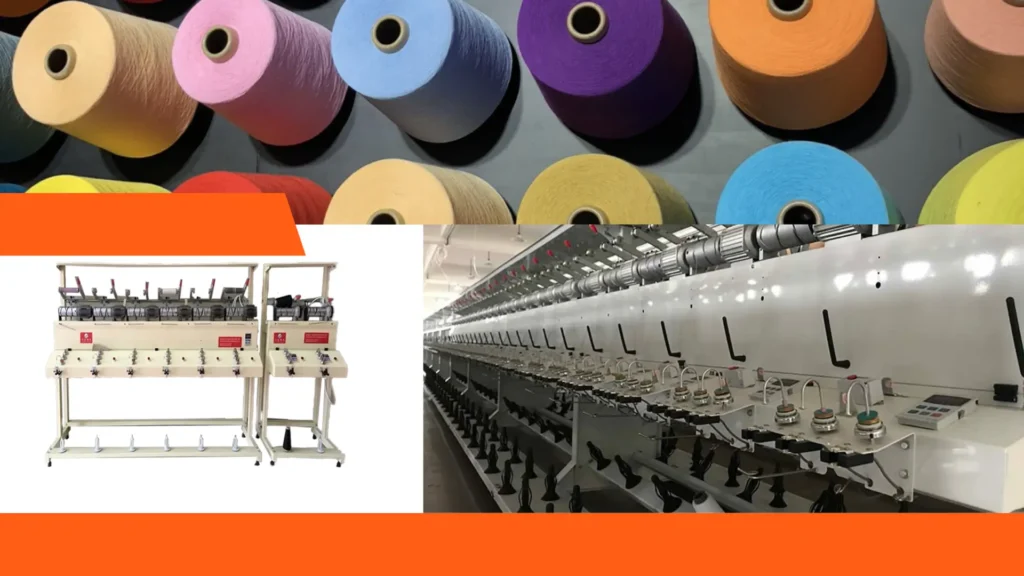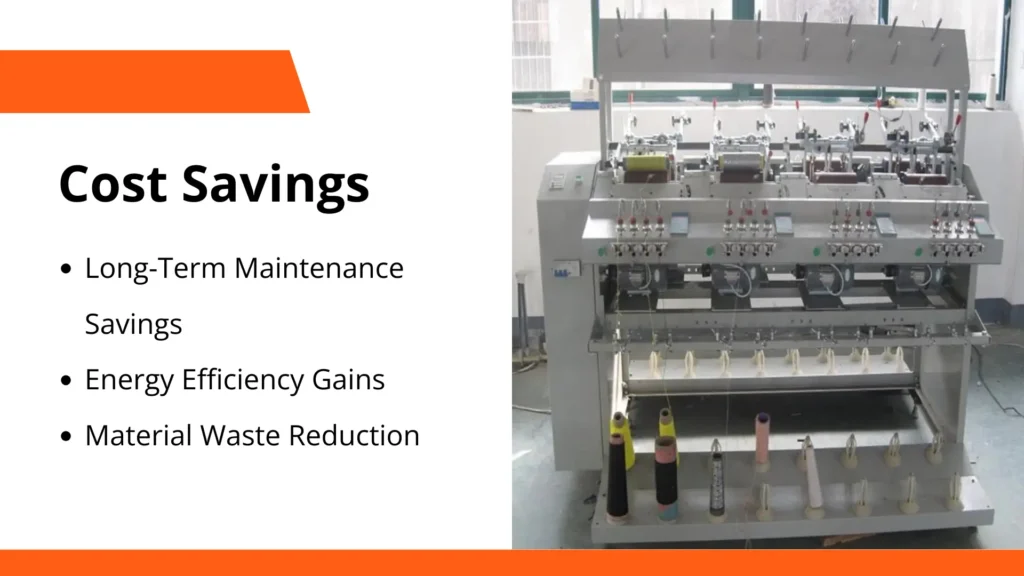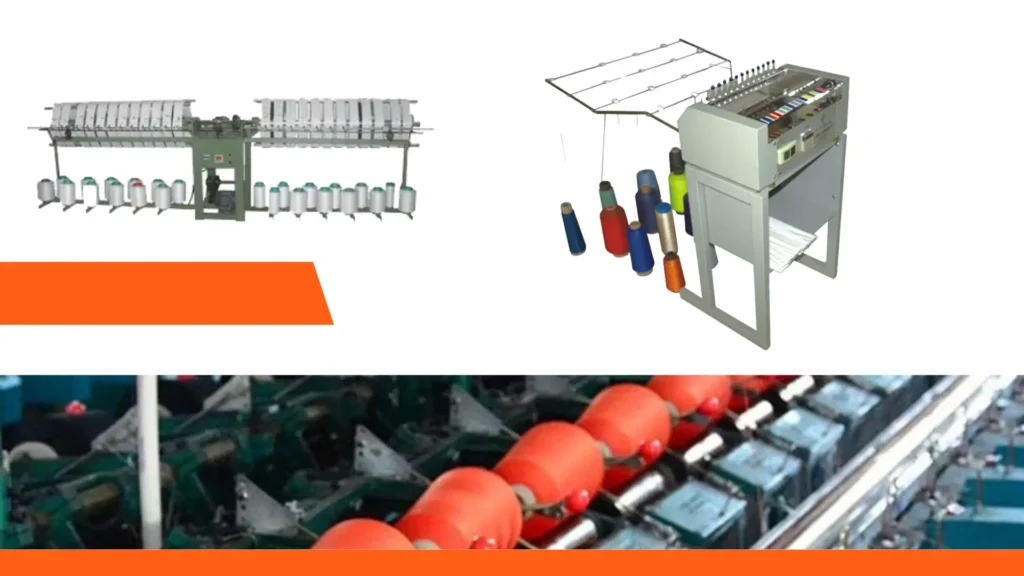ROI is indeed a matter of sanctioned curiosity for a good number of business organizations.
New investments need to be assessed not only against their initial cost but also against potential revenues and an ongoing expenditure profile.
High ROI can justify investment and can also attract many other stakeholders by promising just as significant returns.
At the same time, a clearly defined ROI will help strategic plans to be much better guiding any automation initiative under way.
The automation of any process is assumed to give benefits in terms of more efficient operation and lower cost.
Product quality can be improved by process-driven designs. This is assimilated with the fact that labor in the line is controlled so that there is no degeneration whatsoever in the quality of the product.
By that employees are going to become busy in the more important functions for product generation, rather than wasting time in labor-intensive menial tasks.
Arguably, automating a process does change the way people execute work, transforming manual labor into administrative work using automation systems.
And More;
- How to Choose Automation Equipment to Boost Production Efficiency
- How Can Factories Implement Automation Upgrades?
- Cost-Benefit Analysis of Investing in Yarn Twisting Machines
Key Factors Influencing ROI
Estimation of an Initial Investment
The procurement and installation of automation equipment demand high upfront costs in the form of the direct costs of the machines, the installation exercise, employee training, and, in some instances, potential downtime during the phase-up.
In order to calculate that cost thoroughly, firms should make careful cost analyses.
Companies will then be in a better place to decide whether they can afford the automation investments and how it affects all other costs.
Costs Incurred in Maintenance and Operations
It is very important to look at the costs that shall be sustained even after all the automation equipment is put in place, which generally will be in the form of maintenance, as well as utilities and possible repairs.
With decreased labor costs in favor of automation, there is a greater likelihood that these costs eventually offset some or most of the savings.
A well-managed ROI effort should therefore incorporate estimates and expectations of long-term operational costs, thus enabling businesses to stay financially prepared for their automation projects as time goes on.
Reduction in Labor Costs
Among the reasons to support automation investments is labor cost savings-an extremely potent argument.
Eventually, you get machines performing any given kind of work much more quickly and more accurately than their human counterparts.
This automatically means that efficiency gains in automation are trickling down. Of course, aside from the direct reduction in labor costs, managers get to redeploy their labor to more strategic roles-one thing that requires more complex skills and tasks in-house to fuel innovation and growth in an organization.
Measuring Productivity Improvements
Regulatory and Cost Factors
Allowances are raised by easing the shift of any particular level of emission from one period to another, thereby making it simpler to plan industry directives during the implementation periods.
It would be simpler to mark goals which would assist in achieving various BACT goals during permit review.
These allowances are the ones that can set a significant change in emission control called the “bubble”.
Increased Control
Increased public involvement and transparency will be facilitated in allowing the market to do the rest.
The theory works out more in the future, and the steps are proved reliable in the long run.
Perturbation theory is getting stability considerations in step size or time-correlated so that one can tune it up for use in the plan.

Cost Savings Over Time
Long-Term Maintenance Savings
Long-term investment in high-quality, which ultimately will lead to considerably cheaper maintenance costs, is crucial for automation equipment.
Frequent repairs and replacements are not needed in the case of highly reliable systems.
Long-term savings would increase ROI because it is more attractive over time.
Energy Efficiency Gains
User machines that consume very little energy Compared to the consumption of energy by the state-of-the-art MRFs, the plant saves every time it receives its bill from the electric utility company.
This also improves ROI, besides energizing sustainability drive, aligning nice efforts towards achieving certain environmental goals.
Material Waste Reduction
Significant reductions in material waste are associated with the employment of precise manufacturing processes, which may result from automation.
With optimized use of resources, businesses may find themselves decreasing the costs associated with it and maximizing the environmental footprint, hence closing the loop.
This has not simply affected in the form of cost-cutting but leads towards the community demands that support the concept of sustainable business practices.

Impact on Workforce and Training
Labor Market Segmentation and Re-skilling
Increase in automation and mechanization is a reference to redesigned workplaces wherein people are moved from routine-bound responsibilities or tasks to more cognitively complex roles that require higher skills.
Labor reallocation is driving employees’ increased sense of satisfaction and motivation because they are challenged to develop and use new competencies.
This direct application of upskilling is much more than improving individual performance; it is also an added benefit for the organization through development of a workforce with a higher skills base.
Accelerated Training Time for On-boarding to New Hires
Reduced training time and swift practice is assured by the streamlined nature of a well-designed automated system with user interfaces that are largely self-explanatory and procedures that are standardized.
Since training time diminishes, companies are able to keep productivity at normal levels at the time of induction of new employees and additional costs are minimized allowing training.
It ensures low lead times for the development of facilitated team cohesion improvements, enhancing effectiveness operationally.
Job Satisfaction and Employee Retention
By freeing employees from tedious tasks, automation can increase job satisfaction by allowing them to engage in meaningful work.
Thus, an engaged workforce that is valued has a much higher tendency to stay with the company.
This will eventually reduce turnover rates and thus costs incurred in hiring or training replacements.
Enhanced job attitudes promote a positive work culture at workplace which ultimately works for better productivity.
Analyzing Financial Metrics
The Pay-Off Time Calculation
This is the time that an investment must- well, and truly for recovery, in order to meet its initial project.
From this very aspect, the specifications of how soon to gear up the automation investment are understood.
This is why payback periods, in general, are classified as a strong supporting part for the decision-makers.

Net Present Value (NPV) Analysis
This abstraction necessitates taking a time-value factor, and that is why ideology is firm about an absolute, holistic angle of profitability.
NPV does, by assigning future cash flows in terms of present value, define where the costs and benefits of the automation investment are named as greater or less over time.
Positively named NPVs give typical ideas about whether or no undertaking stands promising enough to merit profitable decisions within the company.
Internal Rate of Return (IRR)
IRR is another form of the most important measure of an investment’s annual return.
A more substantial IRR indicates that the particular is more profitable, allowing the business to make comparisons on offer from different brands, which are generally forced by automated systems.
This understanding should be useful for businesses as they will be given a chance to organize their priorities and make decisions for their strategies that align with the aims to finance them.
Conclusion
ROI is that significant in understanding automation before making any financial decisions.
This could include the expense at the beginning, care costs, and even the expected savings-all that presents the broad financial picture.
Ideally, a good understanding will steer business operations through automation.
A careful examination must be carried out by enterprises of all the options in the new automation that look into both short-term, as well as longer term entitlements, because an approach that looks to ROI could mean some considerable financial gains and also discernible points of advantage when automation investments match broad business objectives.
Automation is not just a fad: it begins the fundamental change in the way companies operate.
By embracing automation, companies can increase their capacity, save costs, and position themselves for the future within their industry. Over time, the benefits of automation put the initial trials in the shade.
This is therefore an indication that businesses seeking consistent growth would find worthwhile investments in it.


